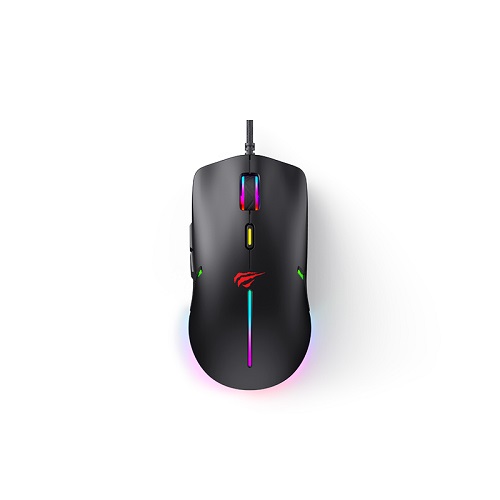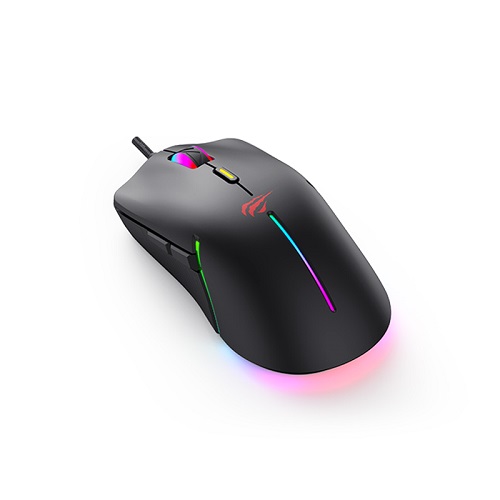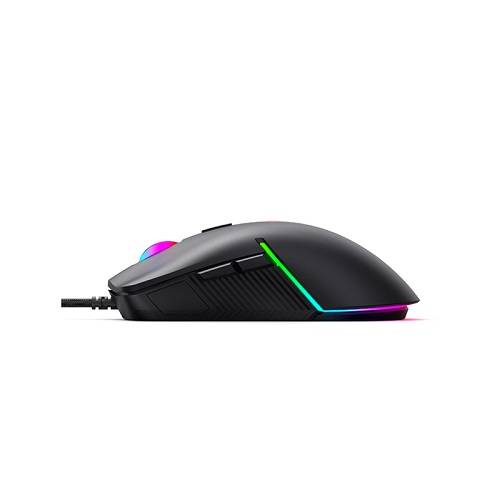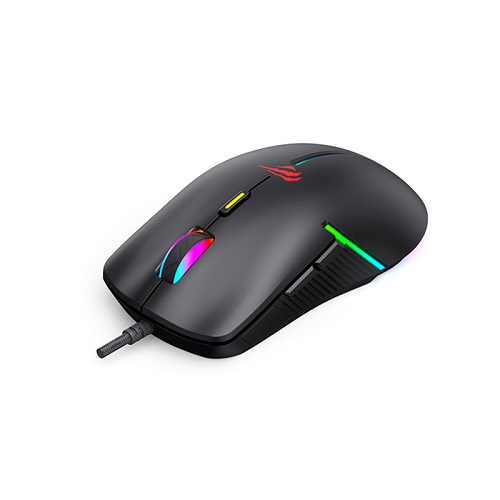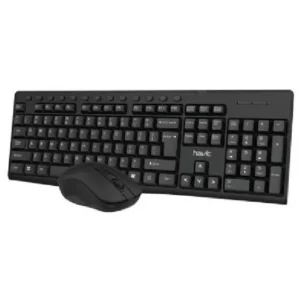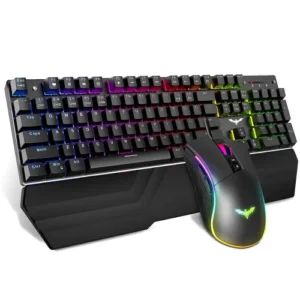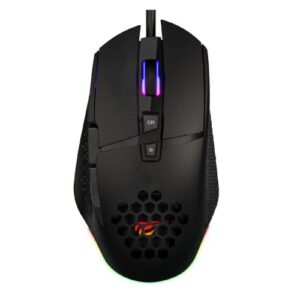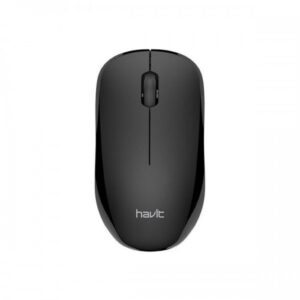Key Specifications and Features of Mice
When selecting a computer mouse, understanding its specifications and features is paramount to make an informed choice tailored to your specific needs. One of the primary specifications that affects a mouse’s performance is its resolution setting, measured in DPI (dots per inch). Common DPI settings range from 800 to 7200, with higher DPI values translating to greater sensitivity and precision during use. This allows for more accurate movements especially beneficial in demanding applications like graphic design, video editing, or gaming, where fine detail is critical. Users engaged in complex tasks may find that a higher DPI enhances their ability to navigate intricate designs or fast-paced game environments effectively.
Another important characteristic to consider is the cable length of wired mice. The standard cable length is typically around 1.6 meters, which provides sufficient reach to connect to a desktop setup without hampering movement. A longer cable can be advantageous in offering flexibility in mouse placement, whereas a shorter cable may restrict arm movement and overall usability. Thus, ensuring that the cable length fits your workstation requirements can enhance comfort during extended periods of use.
Additionally, the operating voltage plays a crucial role in performance. Most computer mice operate on a voltage of 5V, which is optimal for consistent power supply and reduced energy consumption. The efficient use of power not only extends the lifespan of the device but also ensures it operates seamlessly throughout various tasks.
Lastly, the aesthetic appeal and overall design of a mouse should not be overlooked. Different styles and customizable features can significantly influence user preference, as many users favor ergonomic designs that offer comfort and reduced strain during use. Ultimately, understanding these key specifications and features empowers users to select a mouse that best aligns with their functionality and stylistic preferences.
Connectivity Options: Wired USB Mice
Wired USB mice have remained a popular choice among users due to their reliable performance and versatility across various devices. The wired connection ensures a stable and consistent experience, eliminating the potential latency issues that can arise with wireless options. This characteristic is particularly appreciated in competitive gaming scenarios, where every millisecond can make a difference. The direct USB interface provides a seamless plug-and-play functionality, allowing users to connect their mouse to any compatible device without the need for software installations or complicated setups.
When discussing wired USB mice, it is essential to understand how the USB connection operates. Typically, a USB mouse is comprised of a sensor that detects movement, a cable that relays this information to the computer, and buttons that allow for user input. This direct line of communication minimizes delay, which is critical for tasks requiring precision, such as graphic design or professional gaming. Moreover, compatibility is hardly an issue; USB ports are standard on nearly all modern computers and laptops, making these devices widely accessible.
However, using a wired USB mouse does come with certain limitations. Cable management can become a concern, especially in a cluttered workspace or during intense gaming sessions. The physical cord may restrict movement to some extent, impacting maneuverability compared to wireless alternatives. Users often need to consider their workspace design to avoid tangling or obstructing movement. Despite these challenges, the advantages of wired USB mice—such as stable performance and ease of use—continue to make them a favored option for many professionals and gamers alike.
